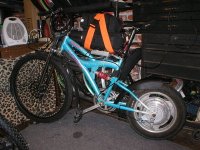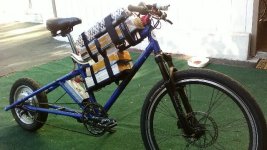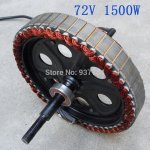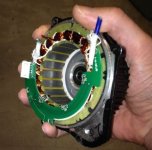Hello,
Me and a friend of mine is gonna try something for fun, not for motor endurance
Will this work.
-48volt 1600watt motor running at 72volt 60amp 2000 watt controler.
https://www.amazon.com/Three-speed-Brushless-Controller-Anti-theft-Scooter/dp/B00L7Q0T7K
http://www.hyperpowersports.com/products/brushless-1600-watt-48v-motor-w-mouting-plate.html
Will we then be gaining 2400watt?
Will this controller also go above 2000watt if we feed it more volt?
And will the controler give us instant 72volt and 60amp if we give full throttle, or are these built in with safety features which doesent allow this?
Me and a friend of mine is gonna try something for fun, not for motor endurance
Will this work.
-48volt 1600watt motor running at 72volt 60amp 2000 watt controler.
https://www.amazon.com/Three-speed-Brushless-Controller-Anti-theft-Scooter/dp/B00L7Q0T7K
http://www.hyperpowersports.com/products/brushless-1600-watt-48v-motor-w-mouting-plate.html
Will we then be gaining 2400watt?
Will this controller also go above 2000watt if we feed it more volt?
And will the controler give us instant 72volt and 60amp if we give full throttle, or are these built in with safety features which doesent allow this?






